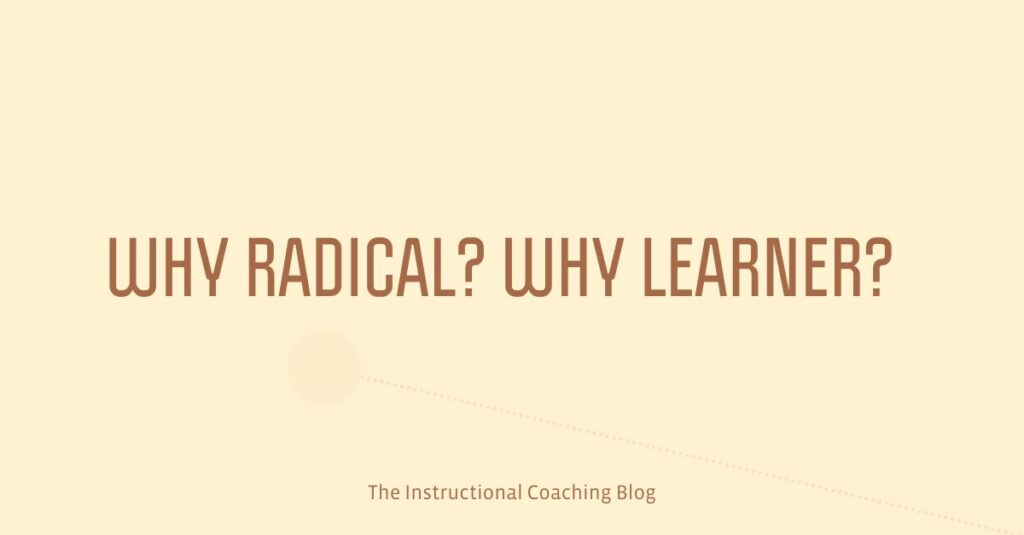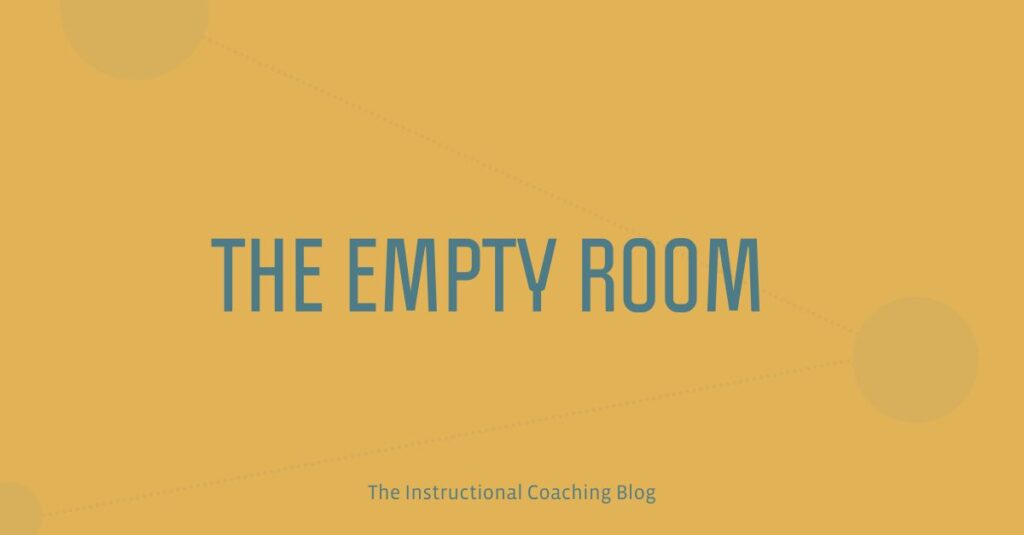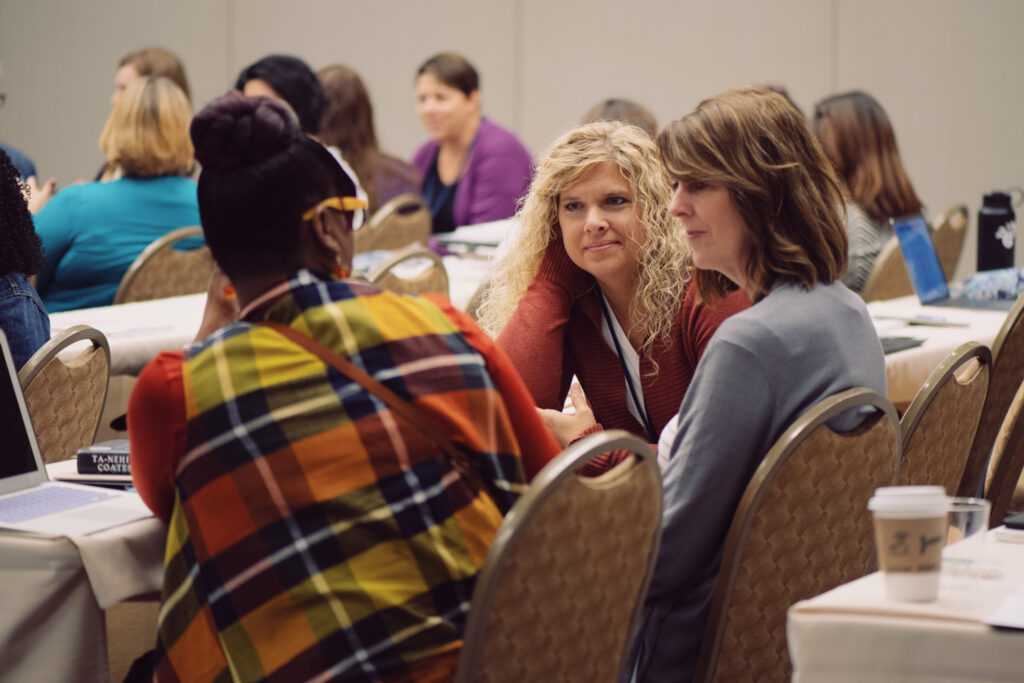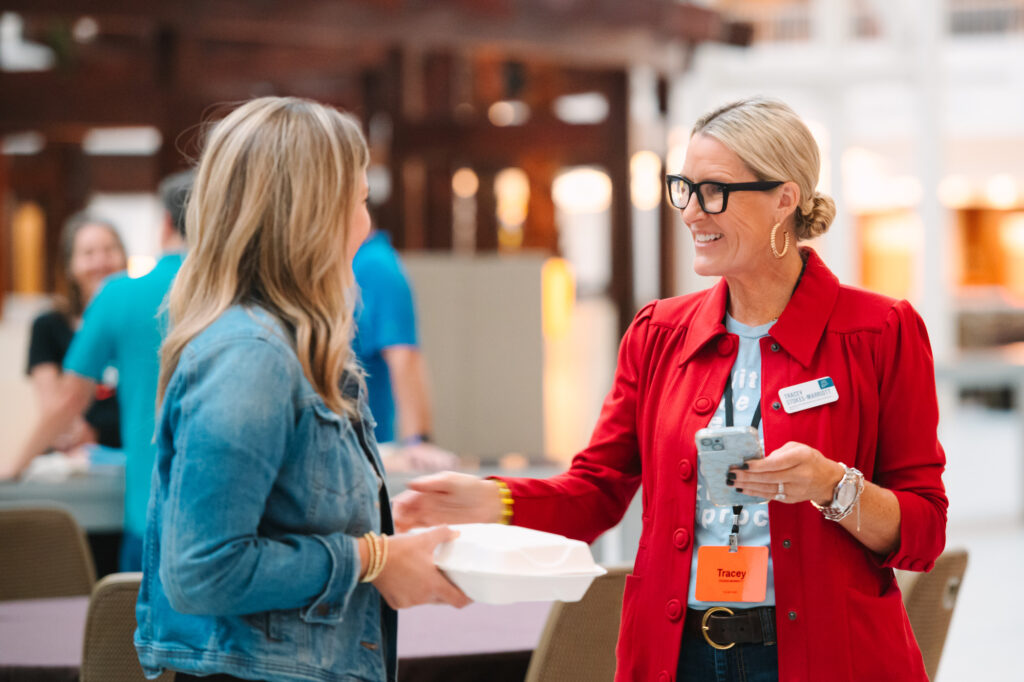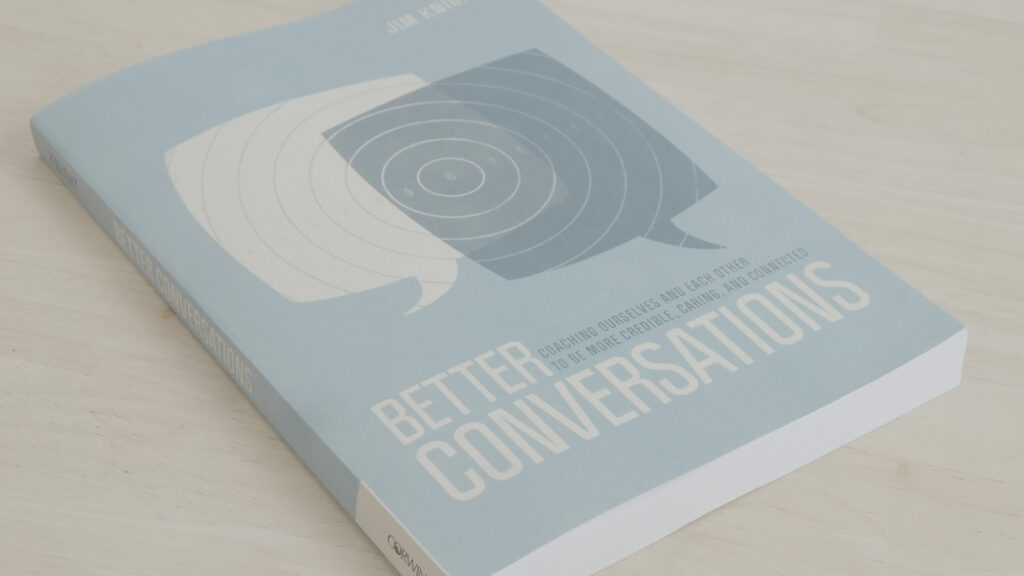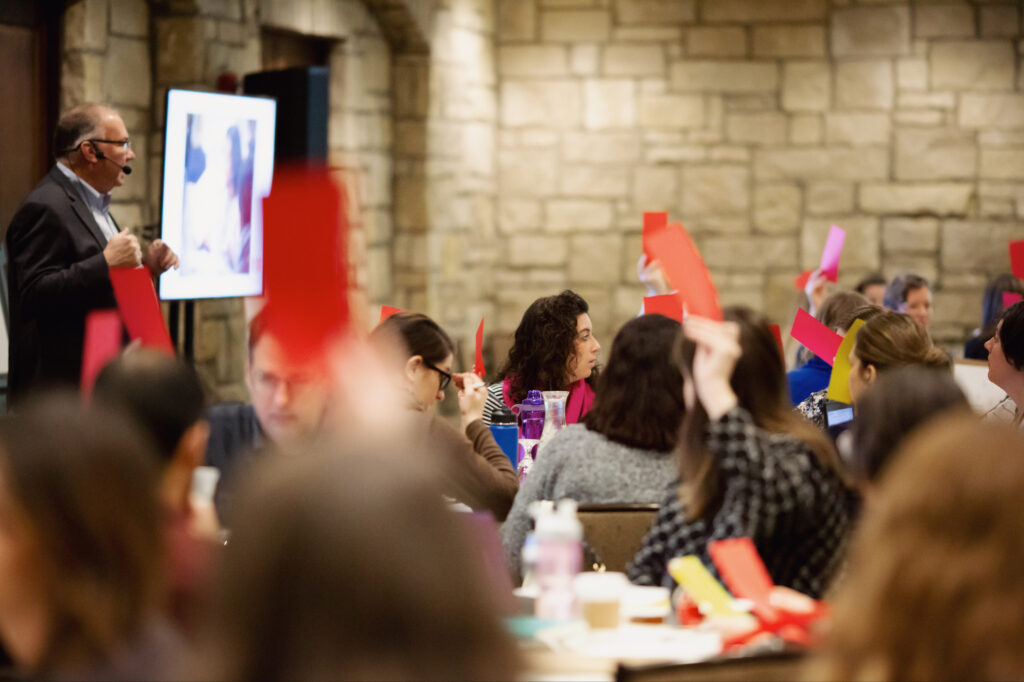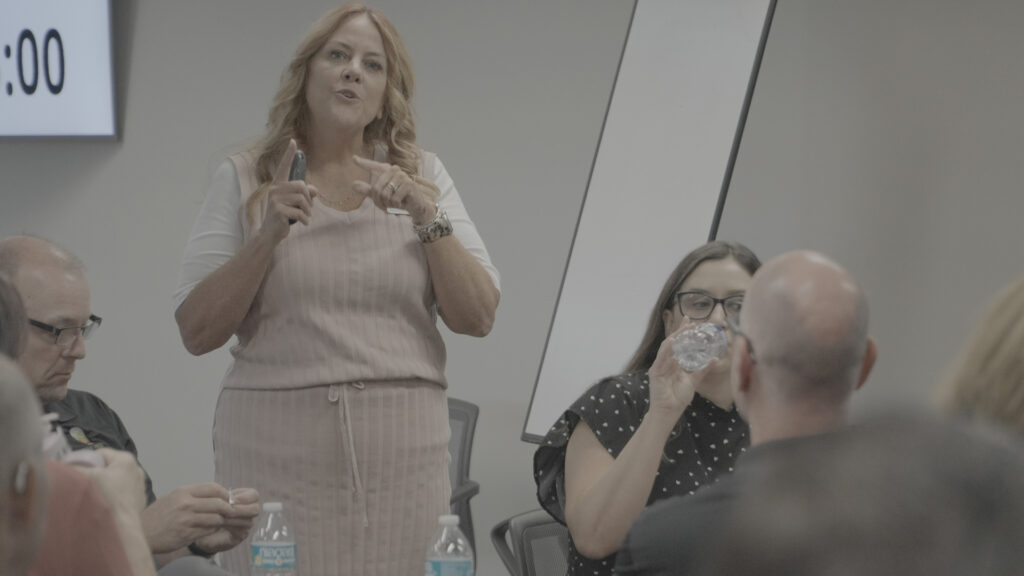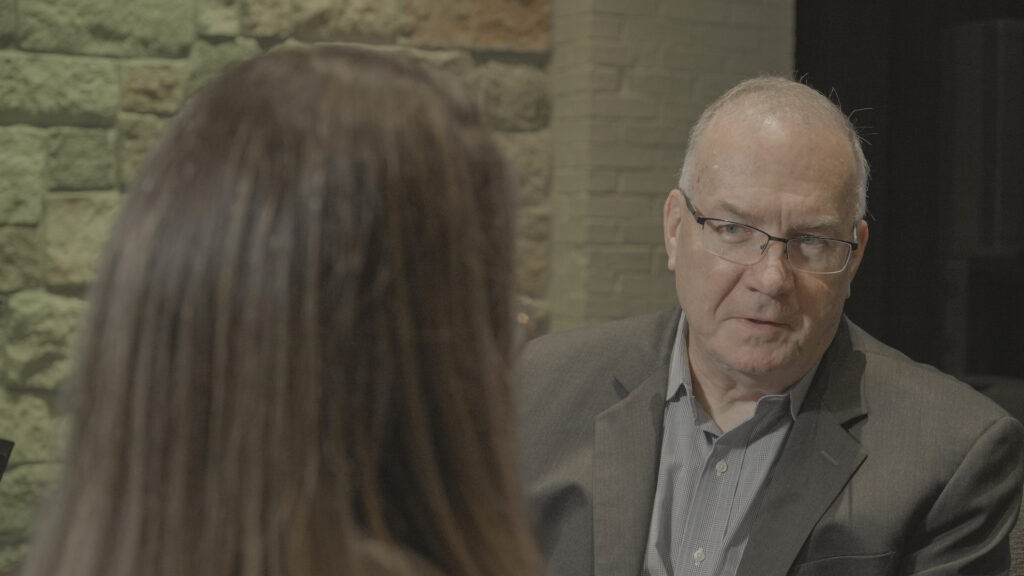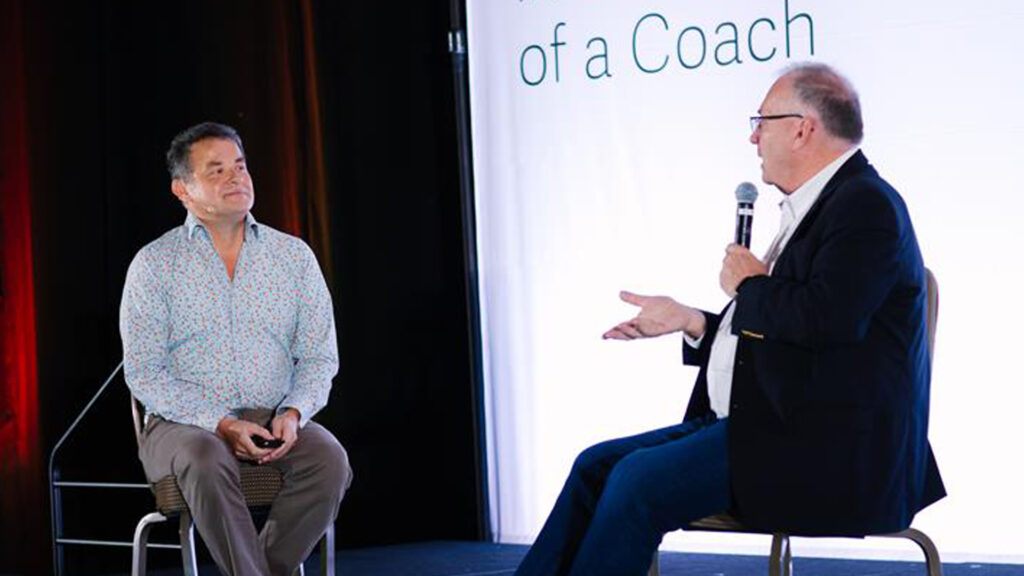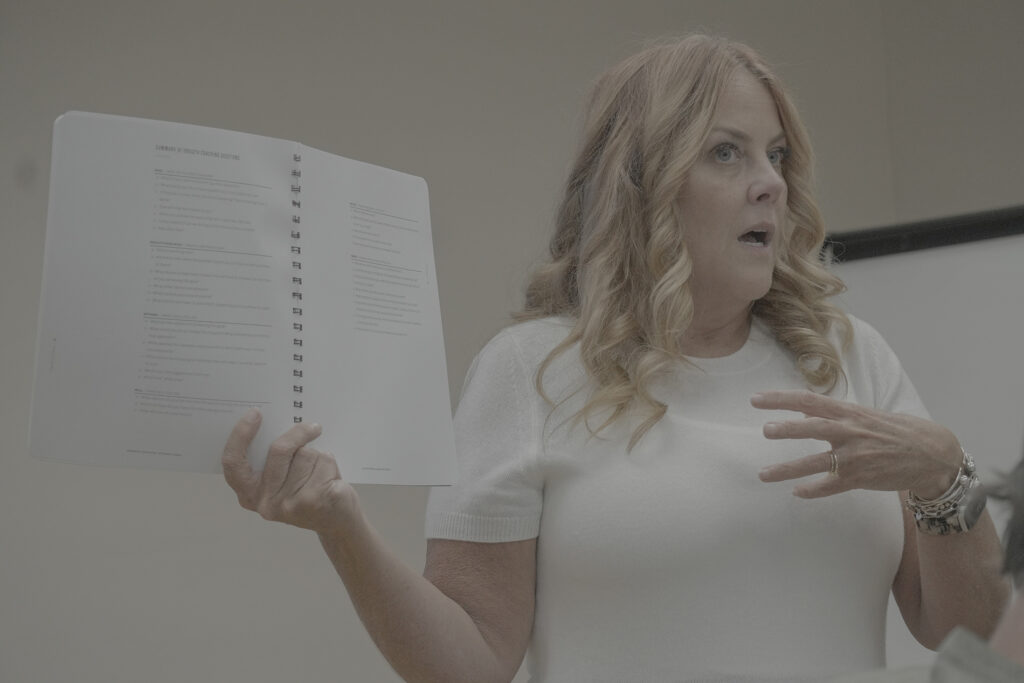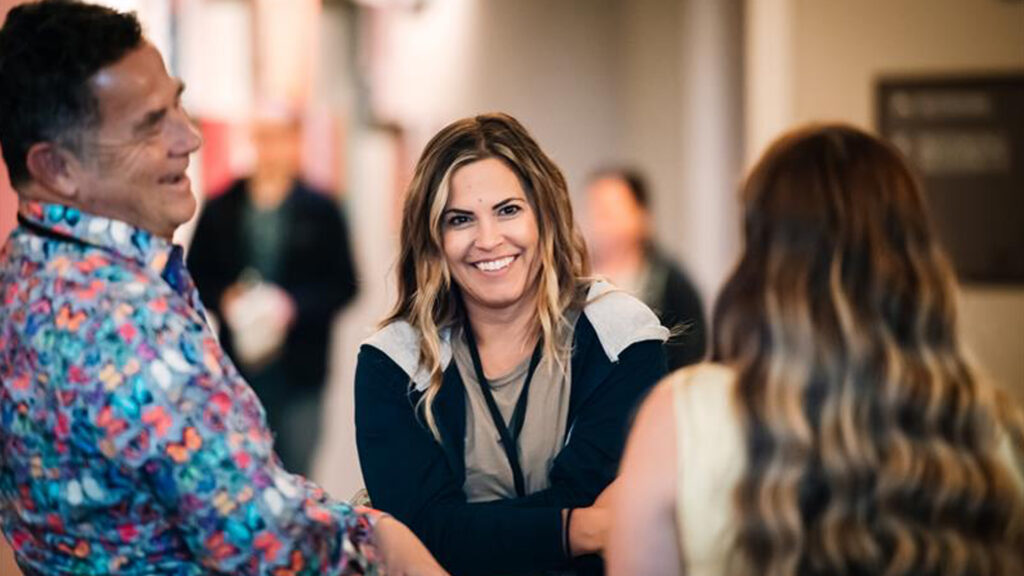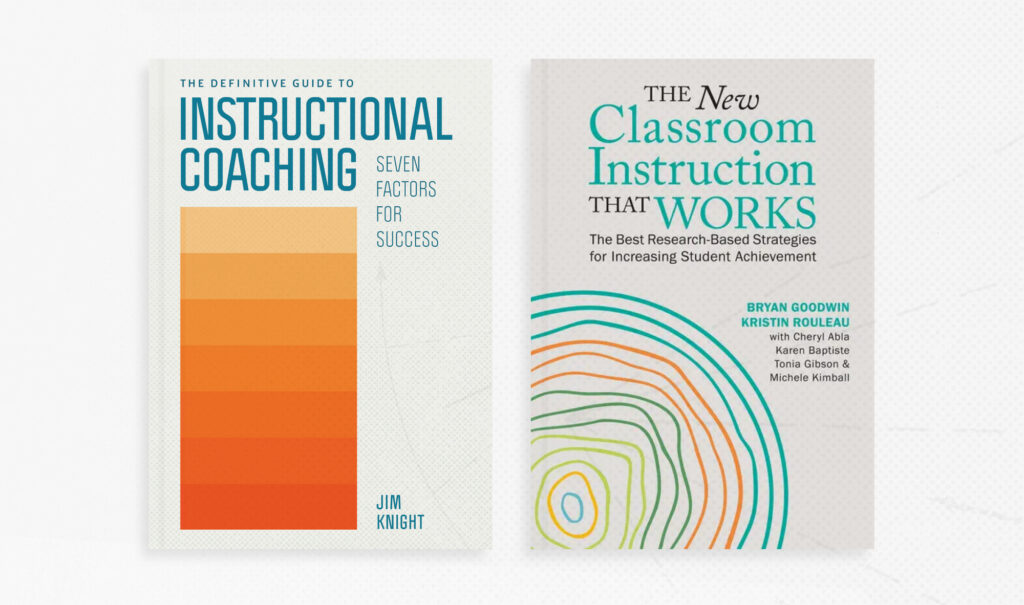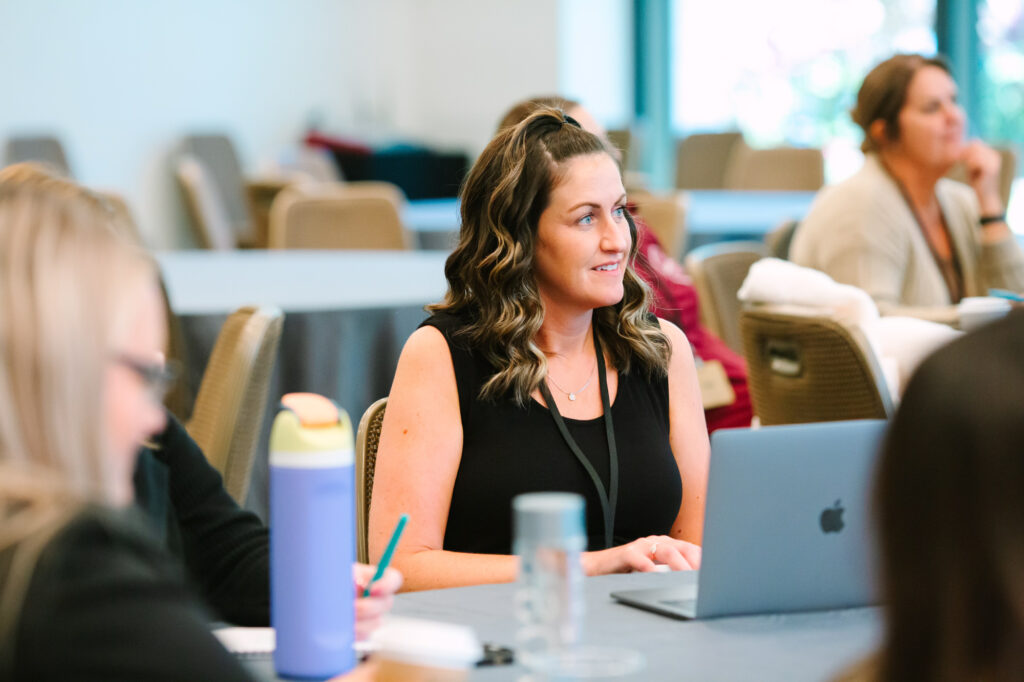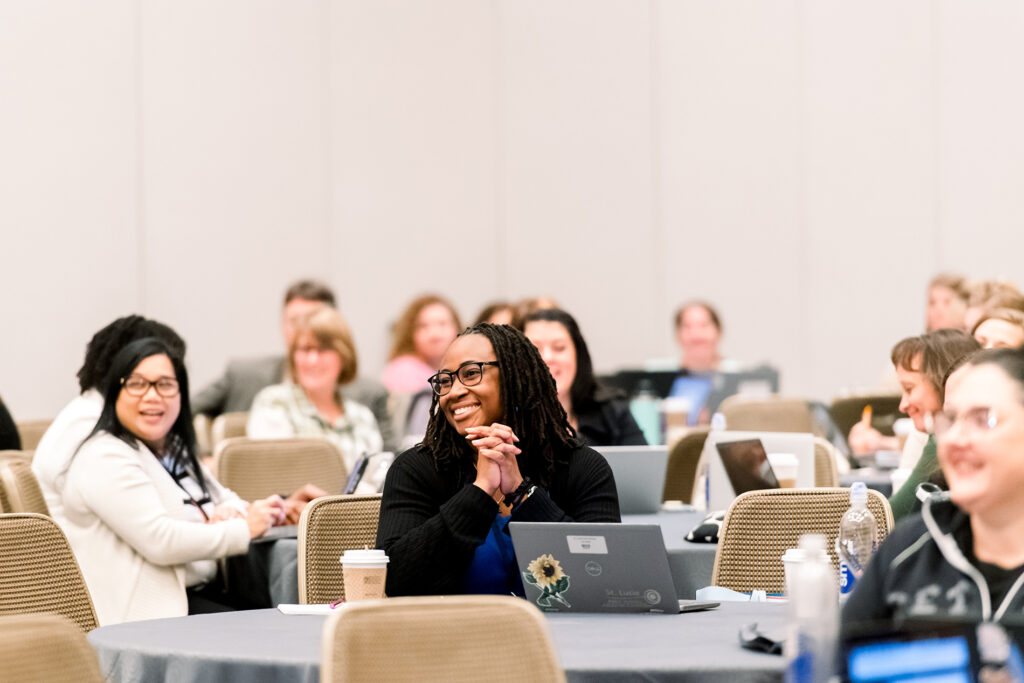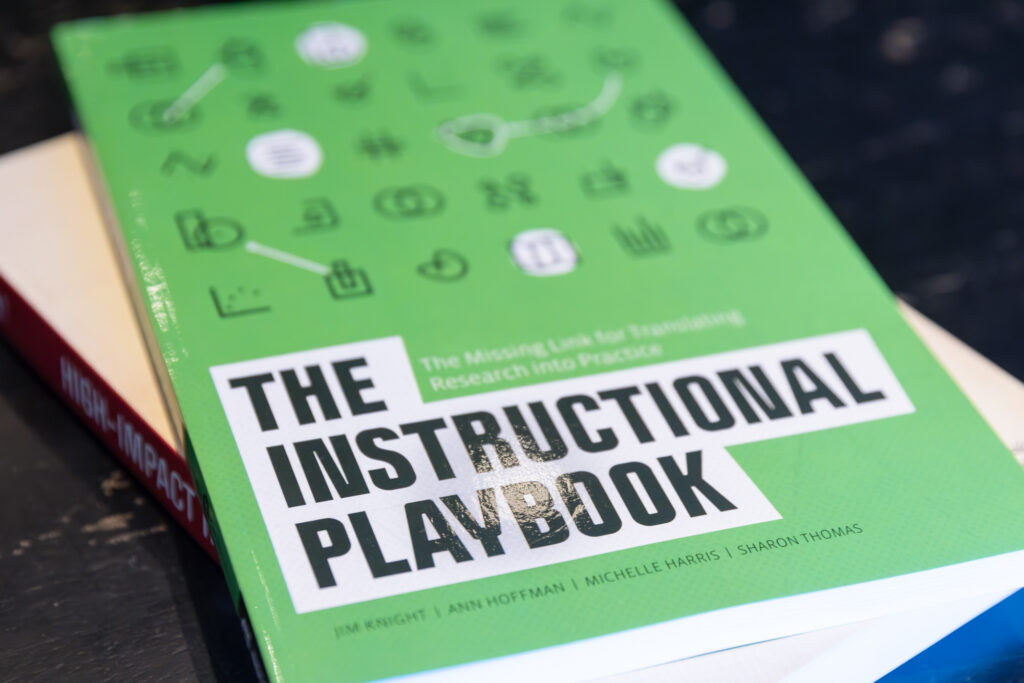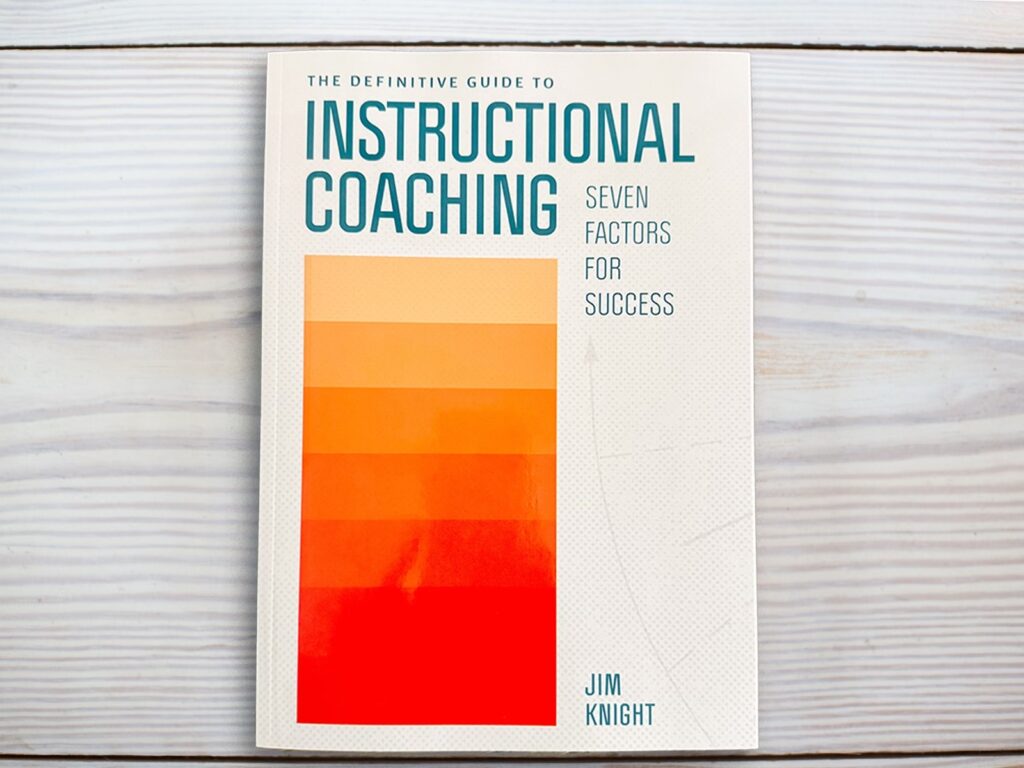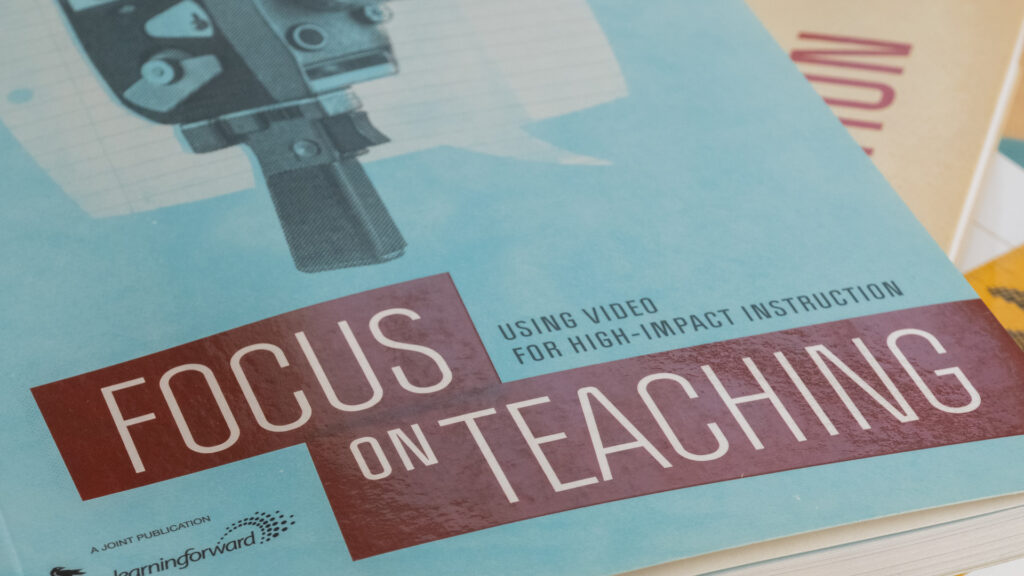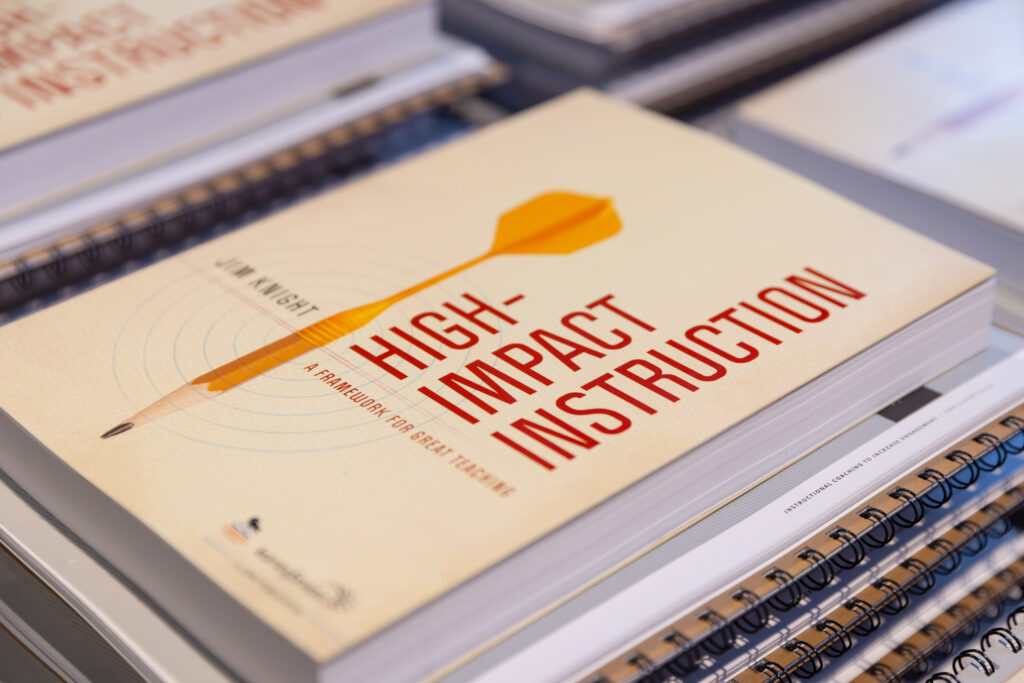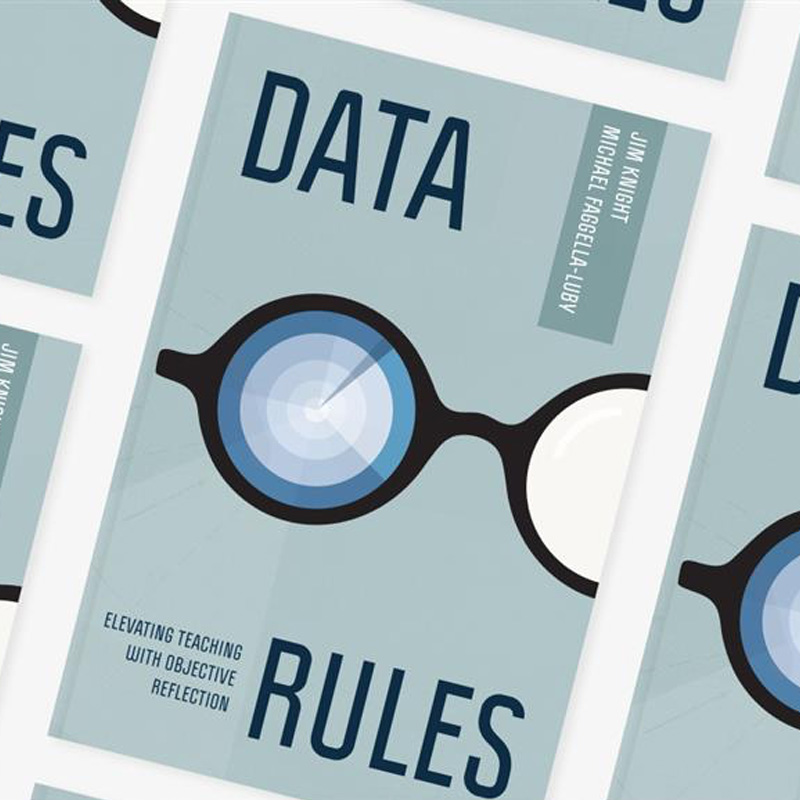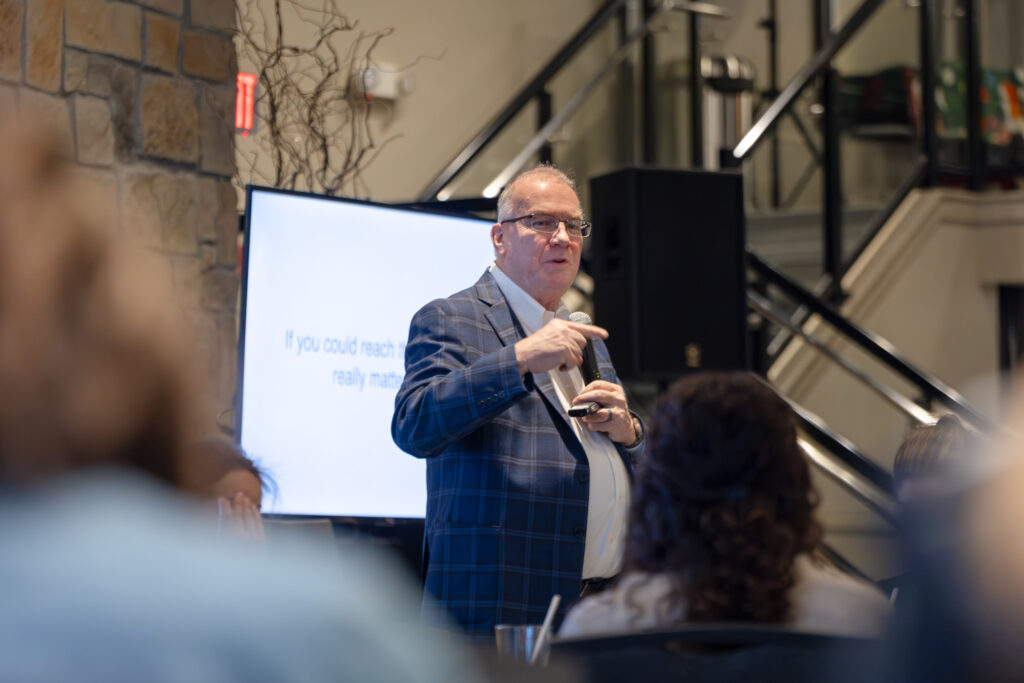Given the opportunity to speak at the Learning Forward Summer Conference, I asked myself, what would be the message I would consider most important to share with a large audience of educational leaders? I decided that I should make my case that autonomy and accountability are both an important part of professional learning.
In my opinion, professional development that “holds teachers accountable” but doesn’t respect teachers as professionals and recognize their need for autonomy will not succeed. At the same time, professional development that honors teacher professionalism and autonomy but is not accountable will not succeed.
Effective professional development requires autonomy and accountability.
To understand what this means, we need to answer two simple questions.
What is Autonomy?
For more than a decade, I’ve been trying to answer this question. For me, when we respect teacher autonomy, we see teachers as full partners in their learning. I’ve written about partnership principles that describe what such a partnership might look like.
Voice
If leaders and professional developers are going to honor teachers as professionals, then that begins with the simple notion that educators should have a say in what they do. Professional development that ignores the voices of teachers is dehumanizing. However, when we seek out the truth and encourage others to speak, we engage in mutually humanizing professional learning.
Mr. Rogers is a great example of a person who truly wants other people to speak up and share their voice.
When professional development ignores teachers’ voices, it treats them like cogs in a machine, not people with knowledge, minds, and hearts. Also, when leaders do not encourage teachers to speak up, they cut themselves off from the very people who spend most of their time with students, who in most cases know the most about students.
Equality
The principle of equality is foundational to democracy, perhaps most clearly articulated in Martin Luther King’s magnificent I Have a Dream speech, when he said, “I have a dream that one day this nation will rise up and live out the true meaning of its creed: “We hold these truths to be self-evident: that all men are created equal.
Equality is about more than equal access and equity, though these are certainly important. Equality is about seeing others as of equal value to ourselves, seeing that others count as much as we do, and not seeing ourselves as better than others. This is critical for leading change.
Edgar Schein in Helping: How to Offer, Give and Receive Help, argues that people are always judging whether or not they get the status they deserve, and when they don’t, people resist help. Schein writes: All human relationships are about status positioning and what sociologists call “situational proprieties.” It is human to want to be granted the status and position that we feel we deserve, no matter how high or low it might be, and we want to do what is situationally appropriate. We are either trying to get ahead or stay even, and we measure all interactions by how much we have lost or gained.
During interactions, Schein explains, leaders can take on the role of being a parent and put other adults in the role of being a child, or they can see interactions as an adult to adult conversation. If leaders see themselves as parents, to the professionals in their school or system, they usually engender resistance.
Choice
If I see teachers as equals, then I don’t make choices for them. But choice is a nuanced principle for many reasons.
First, telling someone they must do something (and ignoring their autonomy) almost always engenders resistance. As Timothy Gallwey has written in The Inner Game of Work: Focus, Learning, Pleasure, and Mobility in the Workplace, “when you insist, I will resist.” Ignoring a teacher’s professionalism and giving them no choice will often lead to resistance.
Second, choice does not mean that there are no non-negotiables. In any organization dedicated to public service, there are going to be some things that have to happen. The challenge is to respect teacher autonomy and clarify non-negotiables.
Third, as Barry Schwartz and Sheena Iyengar have explained, too many choices is no better than no choice. Sheena Iyengar gave a famous Ted Talk where she explains her research on the topic.
Reflection
Choice is essential for reflection, of course because if I just have to do what I’m told, I don’t get to do much thinking. Reflection is largely about thinking about how I will do something. Thomas Davenport, in his book Thinking For a Living, provides a second important reason for encouraging reflection. Davenport used surveys and interviews to study knowledge workers, people like teachers, who think for a living. He found that the defining characteristic of knowledge workers is a need for autonomy. Knowledge workers are paid to reflect, and when someone else does the thinking for them, knowledge workers resist. Davenport writes
Thinking for a living engenders thinking for oneself. Knowledge workers are paid for their education, experience, and expertise, so it is not surprising that they take offense when someone else rides roughshod over their intellectual territory.
Dialogue
Dialogue is the natural mode of discourse for partners. During dialogue, I want to hear what you have to say, I want to engage in a mutually humanizing conversation in which we use words to think together. I’ve written about Paulo Freire’s conditions for dialogue in other posts on this blog. They include humility, faith, hope, love.
What is Accountability?
For me, accountability means only conducting professional learning that makes meaningful, significant improvements. When educators are accountable, their professional learning has an unmistakable impact on student learning. In this way, educators are accountable to the process and especially accountable to children, parents, other stakeholders, and the profession of teaching. Furthermore, at the individual or school level, accountability is a genuine commitment to learning and growth on the part of every educator, a recognition that to have learning students, we need learning teachers, coaches, and administrators who are also learning.
Robert Fritz has explained in The Path of Least Resistance about growth coming from a creative tension between a clear picture of current reality and a goal. Peter Senge nicely summarized Fritz’s ideas in his seminal book, The Fifth Discipline
The juxtaposition of vision (what we want) and a clear picture of current reality (where we are relative to what we want) generates what we call creative tension: a force to bring them together, caused by the natural tendency of tension to seek resolution. The essence of personal mastery is learning how to generate and sustain creative tension in our lives.
Current Reality
Getting a clear picture of reality is not that easy. We misunderstand our personal reality because of habituation, confirmation bias, our inherent desire to feel competent, and other reasons. (One study, for example, found that 93% of US drivers judge themselves above average). For these reasons, real change begins with getting a clear picture of reality. This can be done in many ways.
Video recording your class is one way to get a clear picture of reality.
Gathering data: I’ve written on this blog about gathering data on positive interactions, questions, learning time and student engagement. Many other data points could be gathered as well.
Looking at student work: Rigorously analyzing student work can also provide a clear picture of reality.
Setting a Goal
Effective goals are objective (that is you’ll be certain you have hit the goal when you hit it), measurable, and based on student learning (e.g. results on formative assessments), behavior (e.g. number of disruptions), or attitude (number of students who write about reading in their journals). A good book summarizing the power of goals is Heath & Heath’s Switch: How to Change Things When Change is Hard
Instructional Coaching
One way to combine autonomy and accountability is through instructional coaching.
Creating An Impact School
Another way to combine autonomy and accountability is to create an impact school. The book describing the impact process is Unmistakable Impact.
To sum up, teachers want to make a difference, and when their autonomy is respected and they are given the tools to make a difference, they will.

